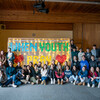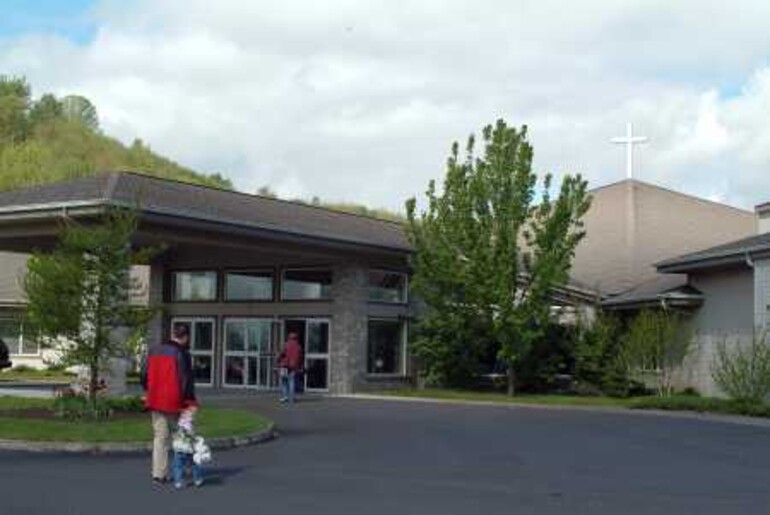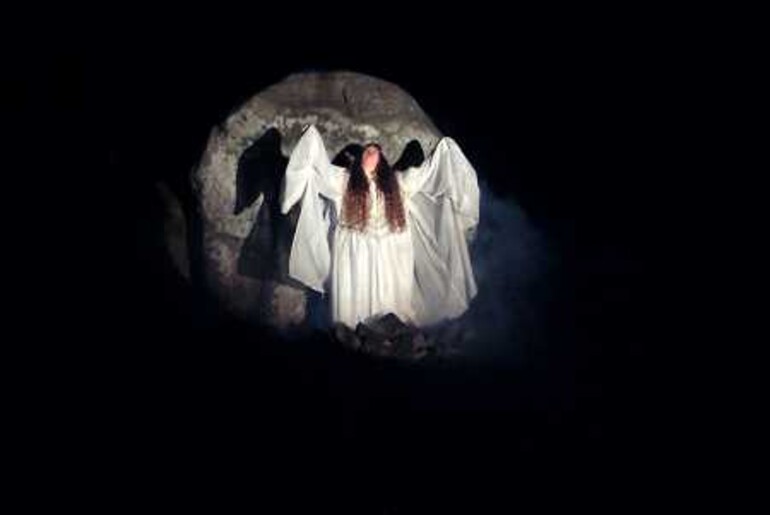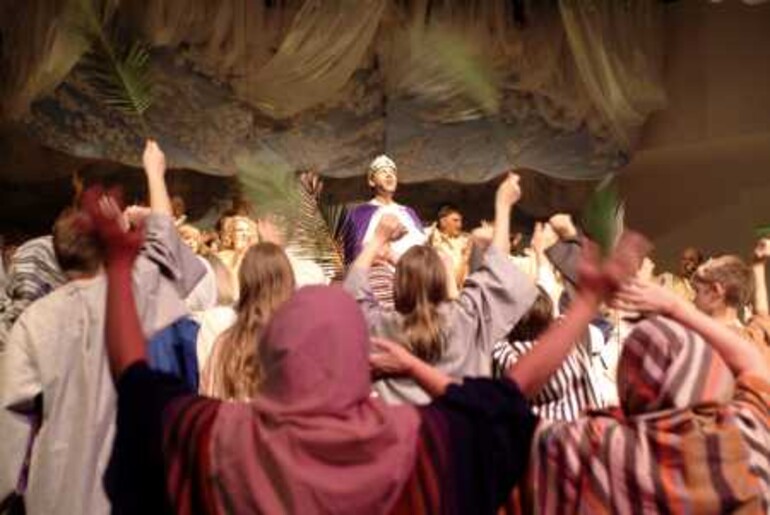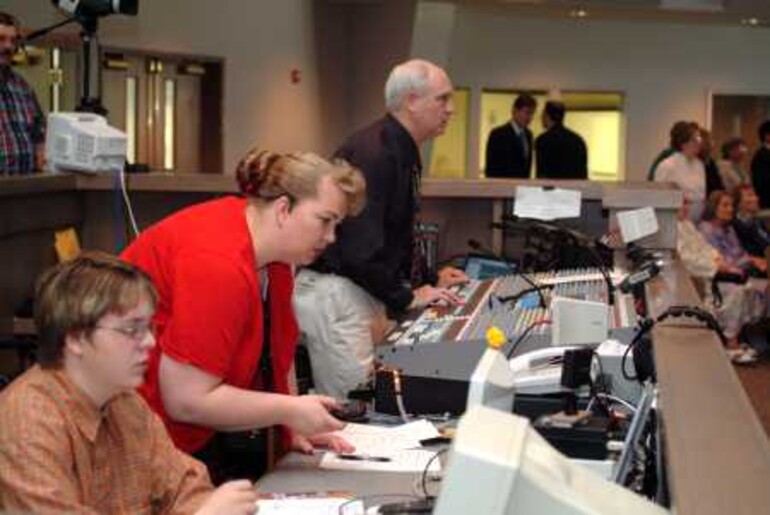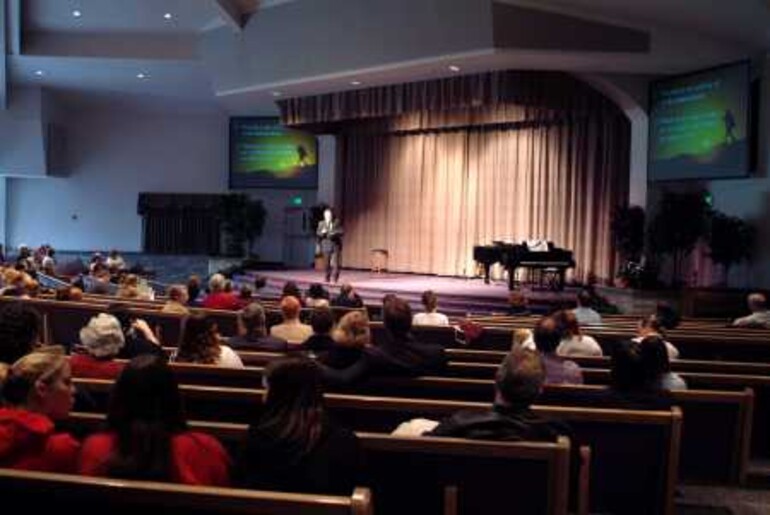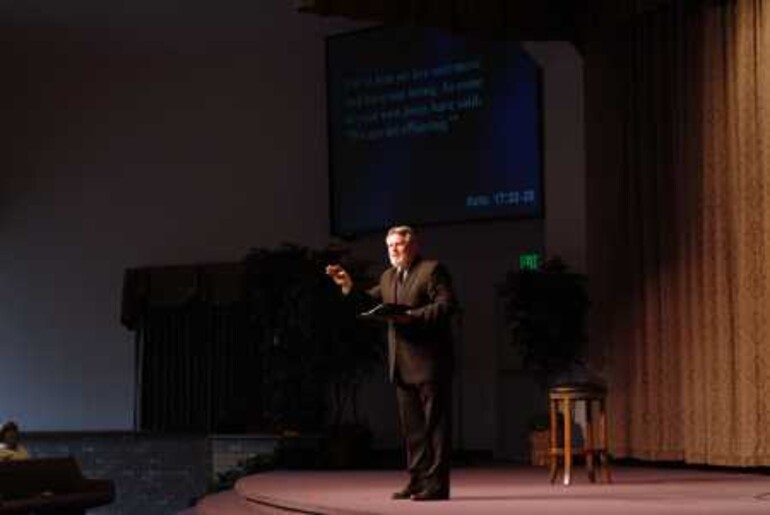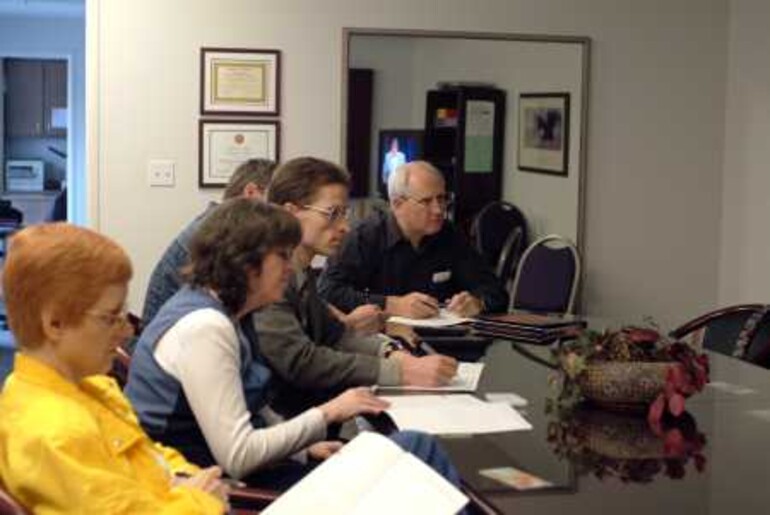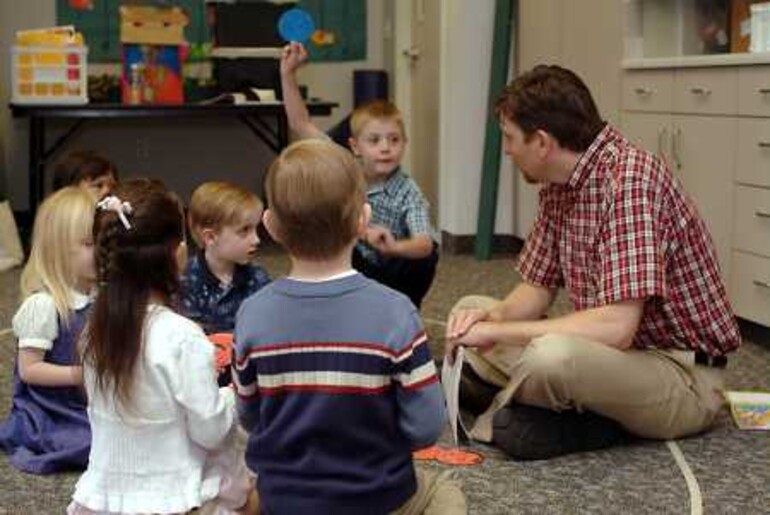A Church, A Vision and A Bridge
How can you tell that a church is making an impact for Jesus? Confirmation often comes from the amazing stories coming out of their community.
During his first strategic planning committee meeting as a pastor of the Kelso-Longview Church in Washington, Dave Livermore asked the members, “What is the mission of this church?” After studying the question, their conclusion was that their purpose is to find the lost.
A Church
That simple statement has driven Kelso-Longview's mission for the last decade. As the church's vision of evangelism matured, it has created a variety of opportunities for the public to become aware of the church and its message. These include the weekly broadcast of the worship service on local cable access, a yearly evangelistic series, participation in the community’s Fourth of July celebrations and Christmas parade, and what the members call their "big events."
In many ways, the church is designed to make guests feel immediately welcome and comfortable. They are greeted in a warm and friendly way, and an information center sits in the middle of the foyer. Visitors are quickly noticed by the information staff person, who greets them, answers questions and directs their children to the children’s wing. The children are given a pizza box filled with puzzles and other activities to take into church.
Even the sound and lighting is planned with guests in mind. Duane Wilson, head elder and head of technical services, says, “Our purpose is to bring unchurched people into this church, and we’ve got to make it easy for them to enjoy the services."
“We’ve carefully designed ourselves for having new people show up," explains Dave. "What we must do is program for them and not just for ourselves."
A Vision
Dave explains that his church is centered on being interested in the lost, in what they do and in offering safe activities for them.
The Free Market Small Group plan is a concept where many different activities can be enjoyed through the church as a community outreach. These groups meet at least twice a month, last for one quarter, and range in topic from Bible study, leadership training and marriage enrichment to scrapbooking, horseback riding and music, among many others.
The group leaders are asked to do at least one of four things; have prayer, study the Bible, share testimonies or hold worship during their group time. One group, which included a bunch of non-members, wanted to play some serious and competitive volleyball. The leader came to Dave and said, “It is very hard to get in anything spiritual when these guys only want to play.”
Dave told him, “Just tell them what Christ has done for you.” The group leader gave his testimony, and four other guys responded with their own.
“People want to belong to us and be with us before they believe,” Dave says. “And as they belong, they come to believe, and then when they believe they can become what Christ intended them to be.”
Inviting people to participate is one of the reasons that the Kelso-Longview Church sponsors “big events.” These big events are the Easter Journey to the Cross and the Christmas Journey to Bethlehem, both taking place in and around the church.
The idea for Journey to Bethlehem began when the church social committee leader was trying to come up with ideas for monthly events that would nurture friends and neighbors as well as members. Teresa Livermore, Dave's wife, shared the idea of a walk-through live nativity that she had seen in Bremen, Indiana. Teresa suggested the idea for another year since it was already October, but the committee members were insistent that they could do it immediately.
Teresa went home and started calling, trying to find costumes since it would be impossible to make all the needed costumes in the time they had left. She called the Lower Columbia College drama department, and the director assured her that there was no way a production could be pulled together in such short time. “That sounds really neat. I’d love to help you get it ready for next year,” the director said.
Teresa went back to the committee and gave them the bad news, telling them what this lady had said. The committee members said, “Well, she doesn’t know our people! We can do this!”
The next Sabbath Teresa asked those who were interested in helping to meet her after church, and more than 70 people showed up! “They were jazzed,” Teresa said.
Church members immediately went to work building “Bethlehem” on part of the church property. “People were happy working outside despite horrendous weather. Everyone worked with a grin on their face. If God hadn’t been in this thing there’s no way it could have happened,” Teresa says. “The afterglow lasted for three months afterwards, and now we have 6,000 people coming through.”
The story of that first Journey to Bethlehem appeared in the local newspaper, The Daily News. Two weeks later, an individual used a Web site to attack the church, declaring that Adventists were a non-Christian cult. The reporter who had done the Bethlehem story called Dave and asked him to respond. Offering up a quick “911” prayer, Dave explained to him that Adventists hold unique beliefs saying, “We are often accused of being a cult, but we are not.”
The morning after the article appeared on the first page, four pastors from local churches showed up at Dave’s office to offer their support. “That started a bond between us, and I have been meeting with them to pray with them ever since,” Dave explains.
A Bridge
Early in December 2003, the newspaper announced that the Lewis and Clark Bridge, which links Rainier, Oregon, with Longview, Washington, would be closed for reconstruction during the weekend of Journey to Bethlehem. Church member Pat Stanley, a librarian in Rainier, thought that the bridge should not be closed that weekend, not only because of the church's program, but because of the Christmas shopping season.
As a librarian, she regularly advised people on ways to get things done, so she decided to look up people to call for help. She first called the Washington State Department of Transportation and found out that Casey Lyles was the project manager for the bridge. Casey listened as Pat explained about the Journey to Bethlehem event and just how many people it would impact. He said that he understood, but the bridge closure could not be changed. She asked him if he had the final authority on that, and he admitted, “Well, no.”
Pat next spoke to Elizabeth (Betsy) Johnson, Oregon State representative for Columbia County’s District 31. Betsy said that she understood the problem and would see what she could do. Then Pat called Joan Dukes, Oregon State senator for District 16, who recommended that Pat talk to the project manager for the Oregon side of the bridge reconstruction.
“When I talked to him, I introduced the topic by saying, ‘State senator Joan Dukes asked me to speak to you about whether or not the bridge can stay open during the Christmas season. She is very supportive of keeping it open and wants you to see what you can do to keep it open,’” Pat said. The project manager was supportive.
“About that time I called the larger local-area retailers. I asked them what the impact would be on them to have the bridge closed during the Christmas buying season," Pat said, and the merchants reported that seasonal shopping provided 20 percent of their annual business.
Pat again called Casey Lyles, the Washington-side project manager. He said, "I don’t know if we can do this or not, but I will certainly listen to it and take it to committee." He explained that there were, in fact, several weekends when they were already opening the bridge to accommodate special events, like the Seattle-to-Portland bike ride, impacting 2,000–2,500 people.
"We could potentially be drawing 8,000 people," Pat explained.
"Really?" Casey asked, stunned.
"And besides that, they are local people," Pat said. "You say that you will not be closed when Seattle people want to come down on their bikes, and they are only passing through. They are not spending any money. They are not shopping....But you make sure that you accommodate them, and I would like us to be accommodated in the same way."
Pat called Joan back with that same information and passed it along to the Oregon project manager to take to his committee. Eventually Dave was invited to attend the planning meeting in Longview.
Dave remembers, “I read in the newspaper that they were planning to close the bridge for work the second weekend in December. We then made arrangements for members of our cast to stay with friends on this side so they could be here. Without my knowledge, there was a big discussion going on about the closure and its effect on Journey. I got a call asking me to come meet with the chamber of commerce at Three Rivers Mall and with the Washington [State] Department of Transportation. I wasn’t sure why I’d been invited, but one of our members urged me to be there.
“I went into the meeting and saw all the merchants in town there. Two women with briefcases came in representing the Department of Transportation. They launched into a discourse about reasons why the bridge needed to be closed at this time. The merchants were quite upset about the business they’d be losing during the height of the Christmas buying season, but the women were unmoved. They said, 'You’ve known this was coming. Why are you upset about it now?'"
One of the state's representatives asked how much money the church was losing because of the closure. Dave explained that they don't charge for Journey to Bethlehem.
"Is it true you don’t charge anything?" she asked, and Dave assured her it was.
“And is it true that 6,000 people come?"
"Yes," came Dave's reply.
“Then we’re going to leave the bridge open for it," she said. And, turning toward the merchants, she said, "You know this season isn’t about what you people are doing, it’s about what he’s doing," motioning toward Dave.
“Instantly I was a hero to all the merchants in town because they’d all benefit from having the bridge remain open," explained Dave. “When the meeting closed, I gave her a copy of Steps to Christ and invited her to come to Journey to Bethlehem.”
How does a church make an impact for Jesus in their community? It begins by focusing outward, by looking for ways to touch the community and using its members' time and personal relationships to make the church a central point of community connection. And in the Kelso-Longview Church, there's no doubt that their impact is being felt throughout their community.
